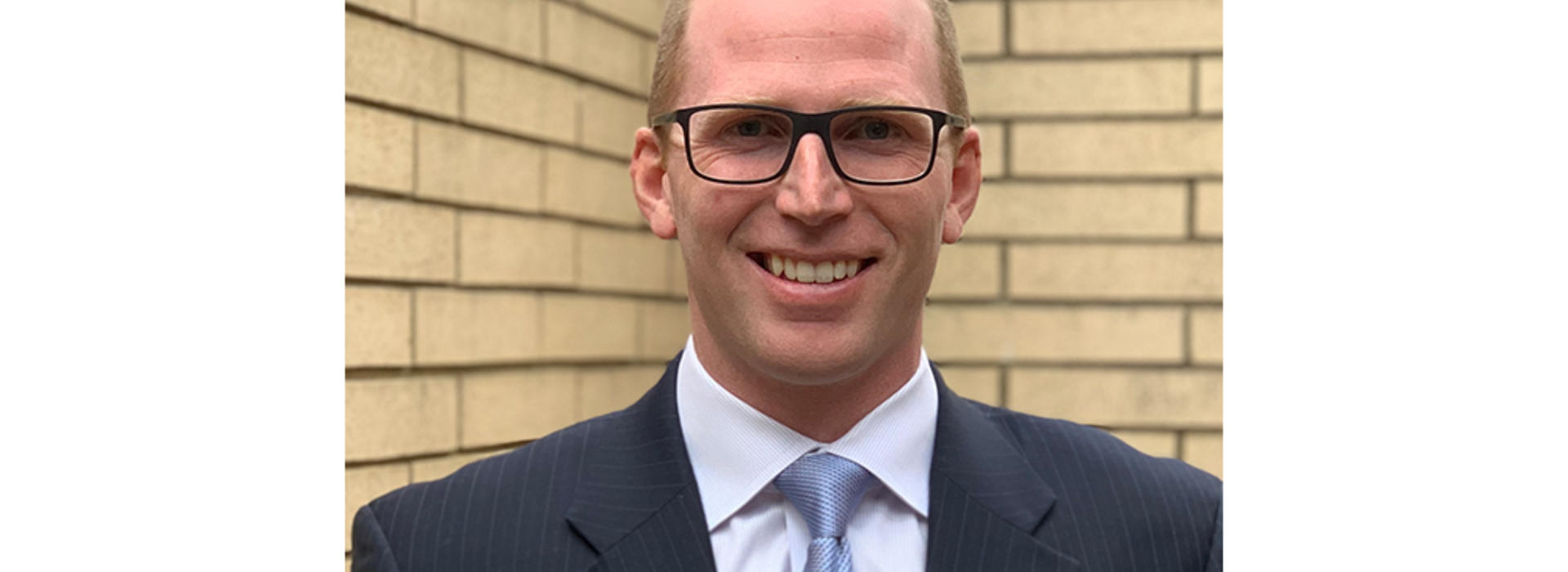
Dr. Stephen Richardson Identifies a Need; Creates a Solution
Despite traveling the country to interview at different programs, cardiac anesthesiology fellow Stephen Richardson, MD, knew he wanted to pursue his medical training in Minnesota.
“In part because my family is here but also because I knew that at the University of Minnesota, I had every opportunity available to me to get world-class training in anesthesiology and to work with some of the best anesthesiologists, surgeons, critical care physicians and cardiologists in the country,” Dr. Richardson said.
Because of these opportunities, Dr. Richardson knew his potential would be limited only by his individual effort.
“Anesthesiology was appealing because of the broad skill sets you develop. Ultimately, I decided to specialize in cardiac anesthesia and join the University of Minnesota at the conclusion of my fellowship because of the tremendous opportunity to be a part of our growing Mechanical Circulatory Support programs at the University,” he said.
Dr. Richardson cares primarily for patients undergoing cardiac surgery, heart transplantation, lung transplantation and cardiac device implantation at M Health Fairview University of Minnesota Medical Center and the VA Medical Center in Minneapolis.
Doing the Right Thing in a Time of Need
“One of the things that I was taught early on in medical school by some of my first mentors was that, as a physician, ultimately, you need to do what's right for your patients, and your focus needs to be on doing the right thing,” he said.
Doing the right thing is what inspired Dr. Richardson, along with Carlson School of Management’s MBA Alumnus Jim McGurran, who works for MGC Diagnostics, to build a team made up of engineers from the Bakken Medical Devices Center as well as from Midwest companies Digi-Key and Protolabs and from Teknic, Inc. in New York, to develop and design the Coventor—a low-cost, alternative mechanical ventilator for physicians to use during times of distress, like the COVID-19 pandemic.
“I took this on and tried to be part of the solution because I didn’t want to be in a position where I could have done something for my patients and chose not to,” he said. “Because we could do it, it was our responsibility to do it.”
The Possibilities are Endless
“Our initial goal was to provide a last line of defense if we ran out of mechanical ventilators, so that clinicians wouldn't be faced with the choice of either offering a family member comfort care for their loved one because we didn’t have any ventilators left or having a family member sit there and squeeze an Ambu bag by themselves and increase the number of people exposed to the virus in an already stressed medical system,” he said.
Dr. Richardson and his peers are hopeful that with future development of this device, it can be offered to people in under-resourced or underdeveloped countries as a usable alternative for mechanical ventilation because they cannot afford traditional ICU ventilators.
“We had the opportunity to identify a need, along with a solution for that need—a solution that can actually help patients, advance science and improve patient care by bringing this discovery into the real world,” he said. “It’s truly amazing what lengths people have gone to contribute during this pandemic.”